Blog posts tagged with catwalk xt
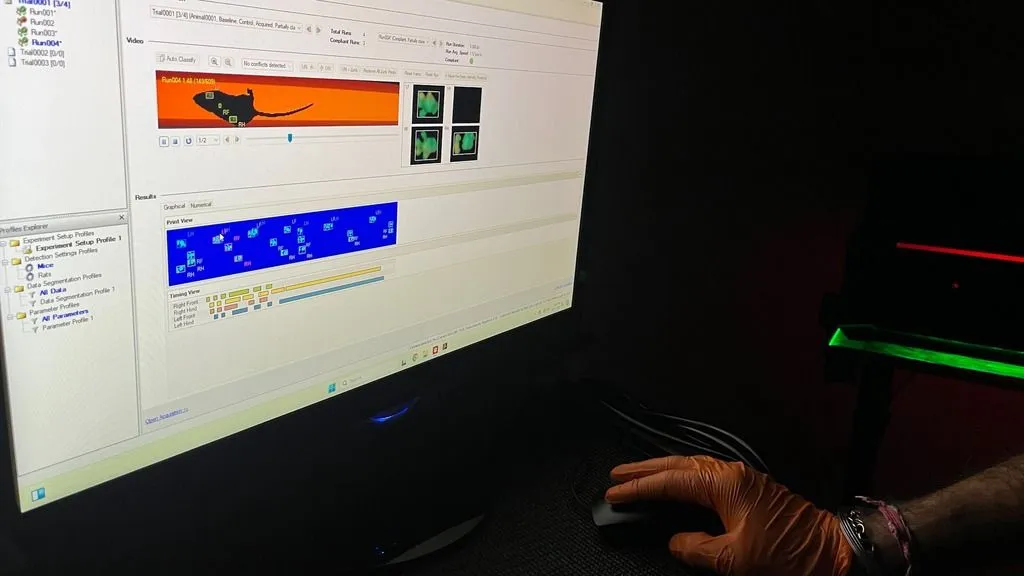
09 Oct
animal behavior research
Gait and Locomotion
FAQ: tips and tricks for CatWalk XT
We've compiled a list of the most asked questions by CatWalk XT users. For this blog we have asked our best trainers to answer these questions. Whether you are a beginner or a seasoned user, there is something here for everyone.
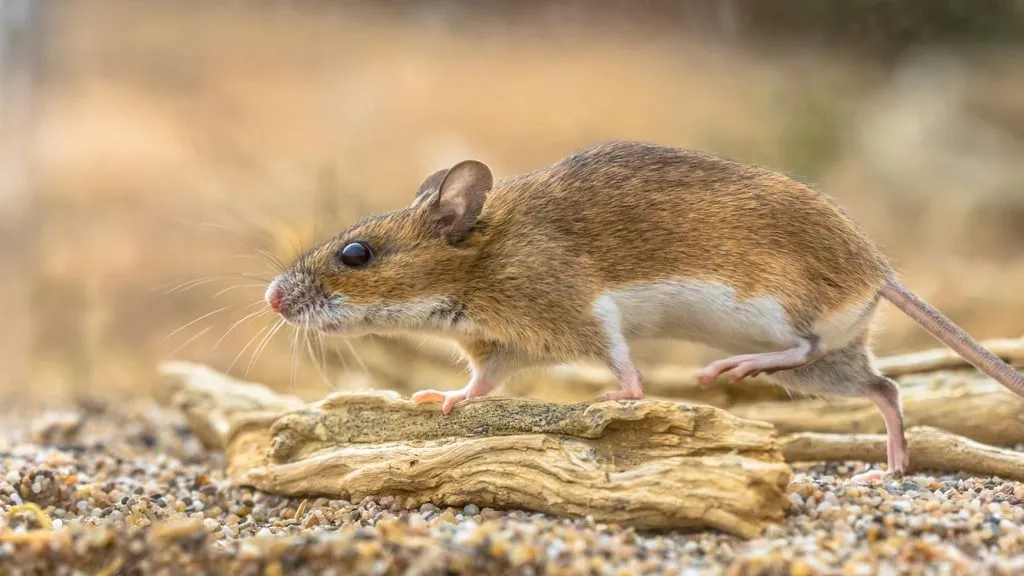
04 Apr
animal behavior research
Gait and Locomotion
Rat strain and sex matter in spinal cord injury research: insights from CatWalk XT
Researchers from the Central University of Michigan studied how different rat strains and sexes recover from spinal cord compression injuries, providing valuable insights into recovery variability and potential treatment consideration.
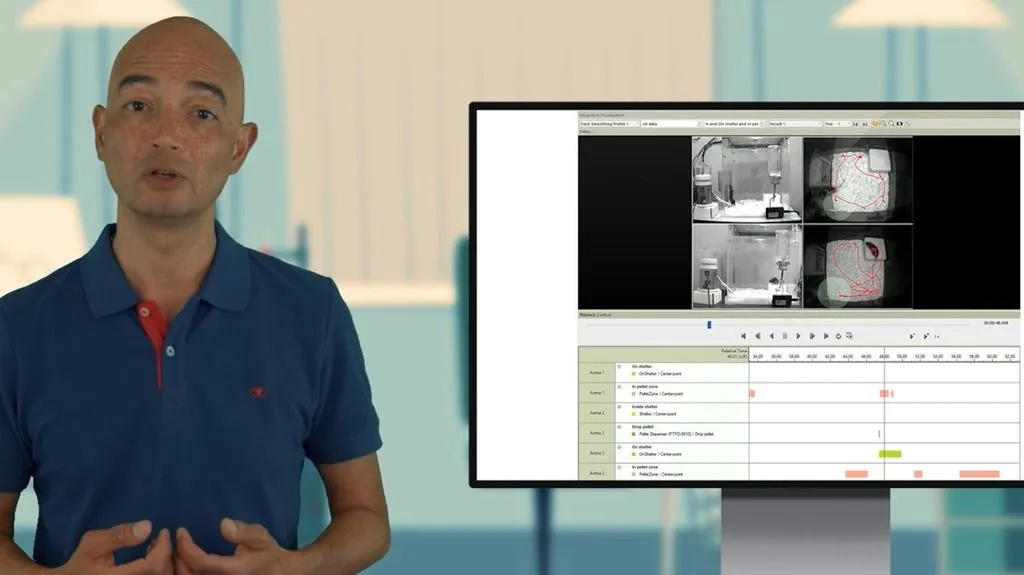
07 Jan
animal behavior research
Research Methods
Unlock the full potential of your research tools
Unlock the full potential of your research with Noldus Academy. Discover expert-led courses, on-demand tutorials, and webinars that help you master Noldus software, boost efficiency, and ensure high-quality data collection.
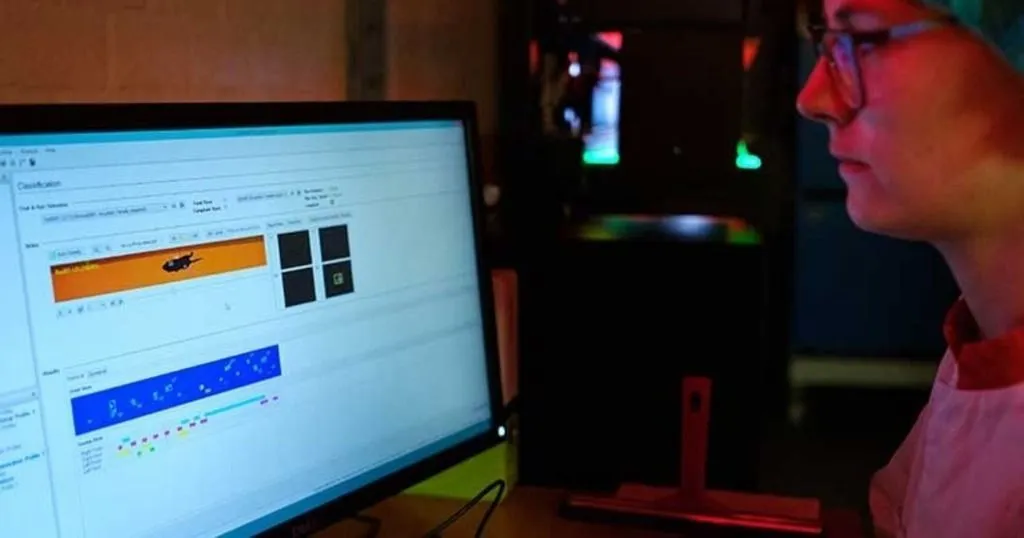
11 Jul
animal behavior research
Gait and Locomotion
Understanding phase dispersion in CatWalk XT
CatWalk XT 10.7 introduced circular graphs for phase dispersion and coupling. In this blog post we go over these parameters, and how they are calculated.

20 Mar
animal behavior research
Research Methods
What makes Noldus special in measuring behavior?
Why do we write e-books, white papers and even this blog? What drives us in behavioral research? And why choose Noldus?
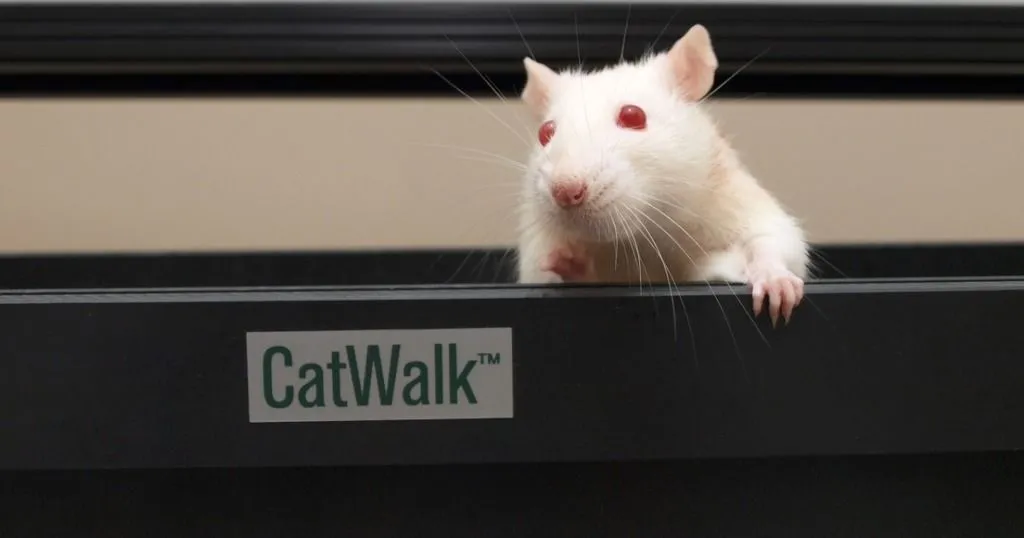
29 Feb
animal behavior research
Gait and Locomotion
CatWalk XT gait analysis vs treadmills
In this blog post, we will discuss how the CatWalk XT method and treadmill method for gait analysis differ from each other, and what you should consider about both methods when performing gait analysis.
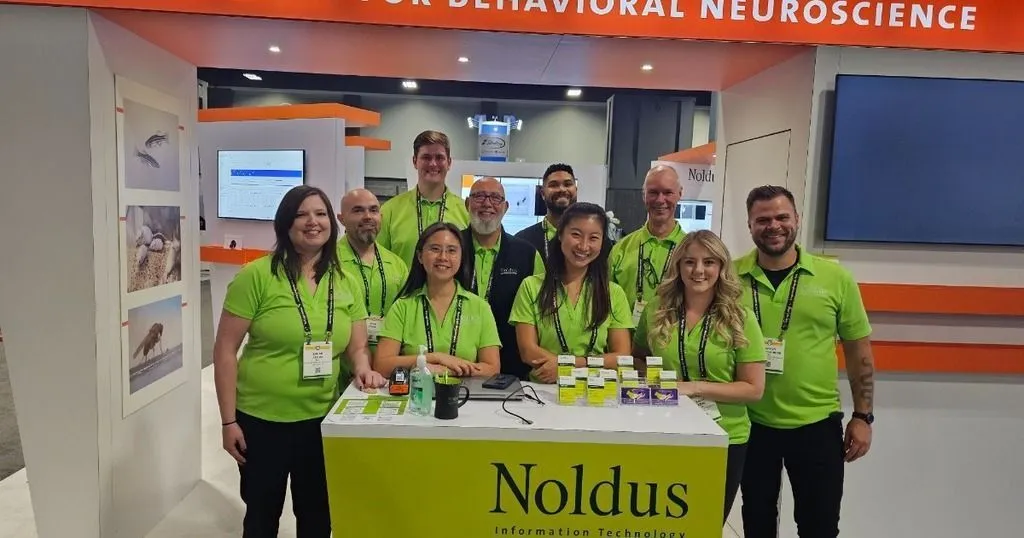
14 Dec
animal behavior research
Other (Animal)
The Noldus SfN 2023 recap
A quick recap of our SfN 2023. What were some common trends? And what did our trusted customer base most commonly ask for? Find out this and more in this blog!
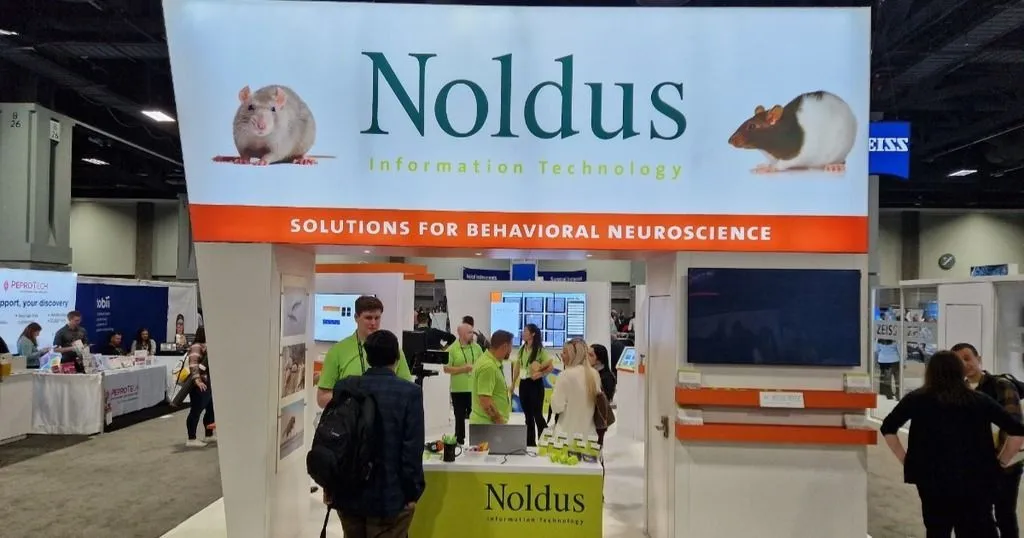
24 Nov
animal behavior research
Other (Animal)
Neuroscience conferences you should visit in 2024
Conferences are a great way to connect and learn. Here you can find a list of our favorite neuroscience conferences taking place in 2024.

08 Nov
animal behavior research
Other (Animal)
What can you expect from Noldus at SfN 2023?
Whether you are or aren't going to Neuroscience 2023, we would love to give you a sneak preview of our latest innovations!
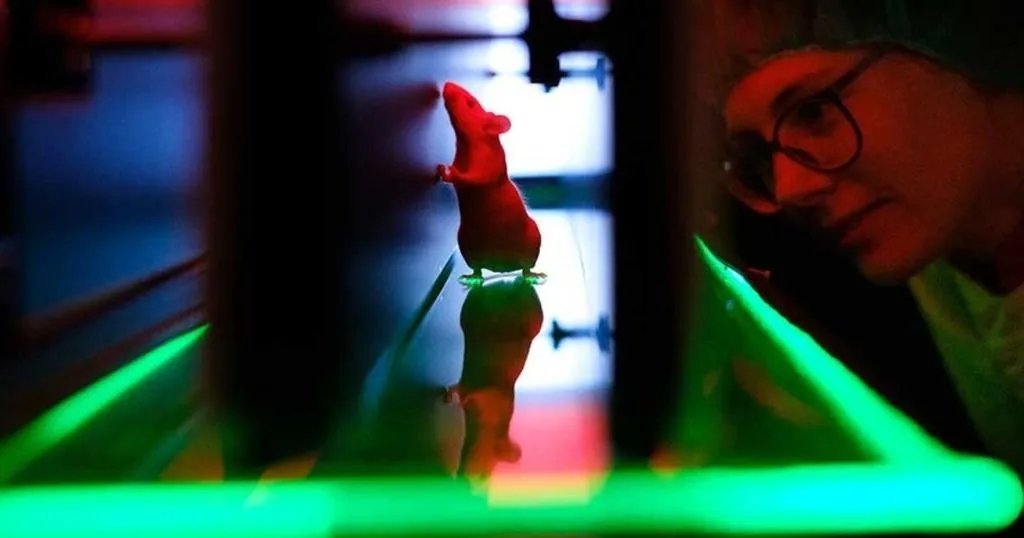
13 Jul
animal behavior research
Gait and Locomotion
Choosing the right parameters in CatWalk XT
CatWalk XT provides the opportunity to study a variety of gait parameters. But, which parameters should you use for your mouse model? Read this blog to learn more!